News Desk
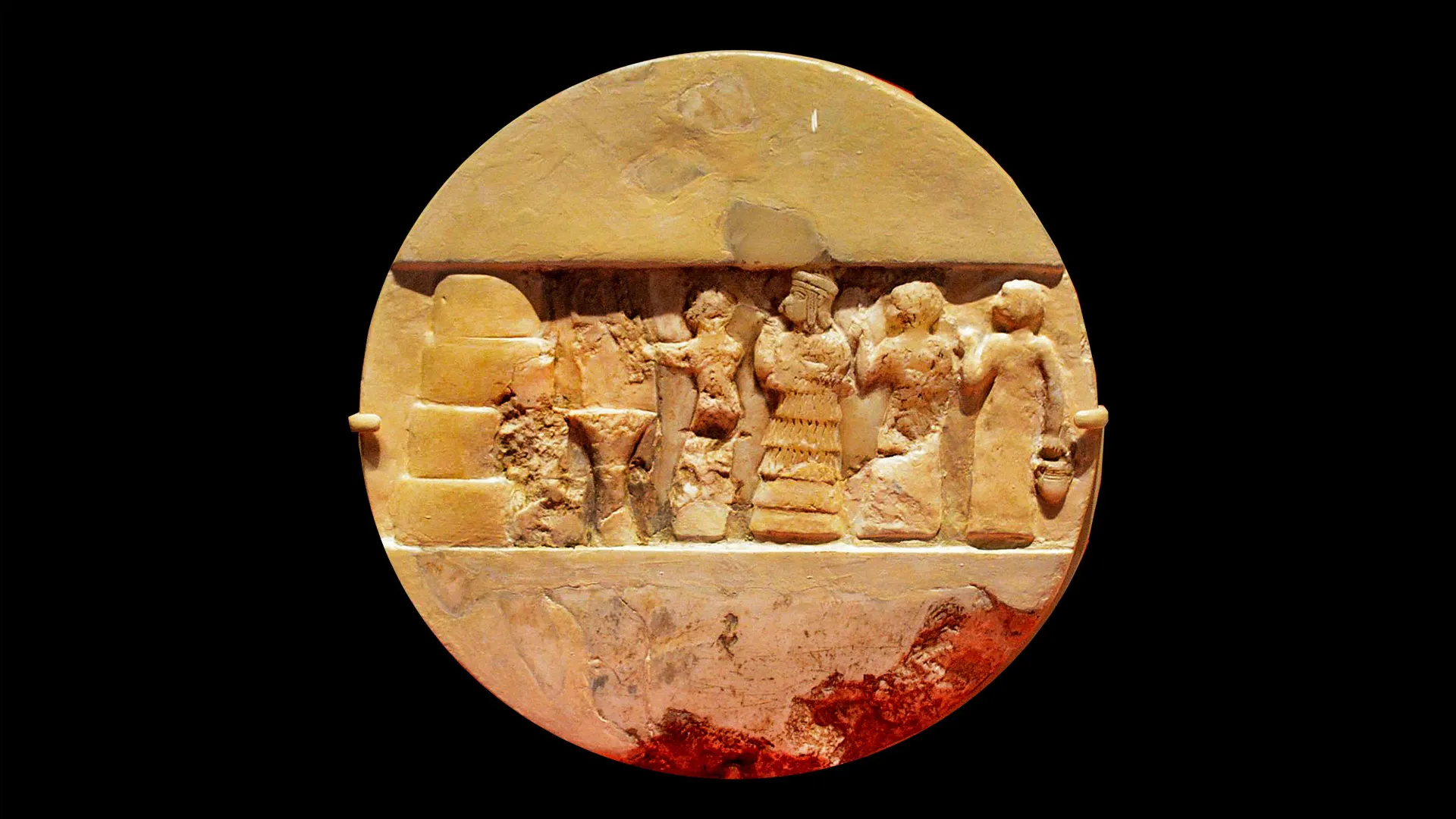
The oldest known writing dates back more than 5,000 years to ancient Mesopotamia, in what is now mostly present-day Iraq. But who was the first author known by name?

Physicists have long struggled to explain why the Universe started out with conditions suitable for life to evolve. Why do the physical laws and constants take the very specific values that allow stars, planets, and ultimately life to develop?
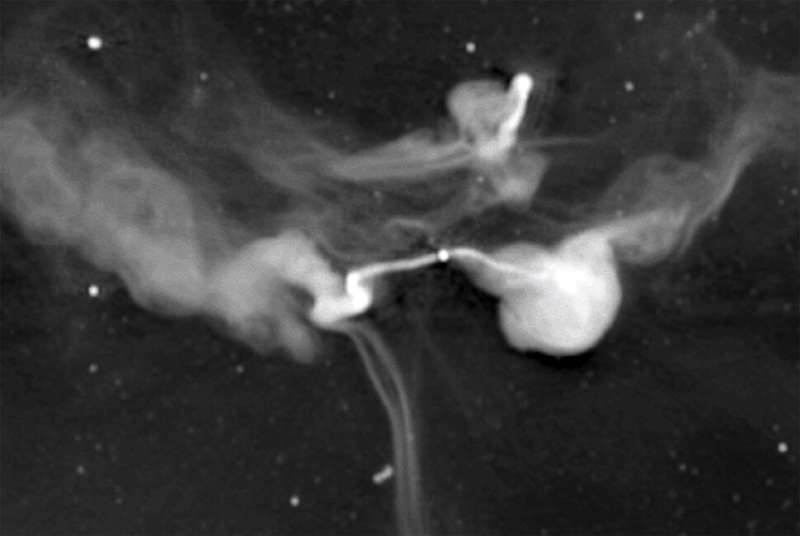
Northwestern University astrophysicist Farhad Zadeh has been fascinated and puzzled by a family of large-scale, highly organized magnetic filaments dangling in the center of the Milky Way ever since he first discovered them in the early 1980s.
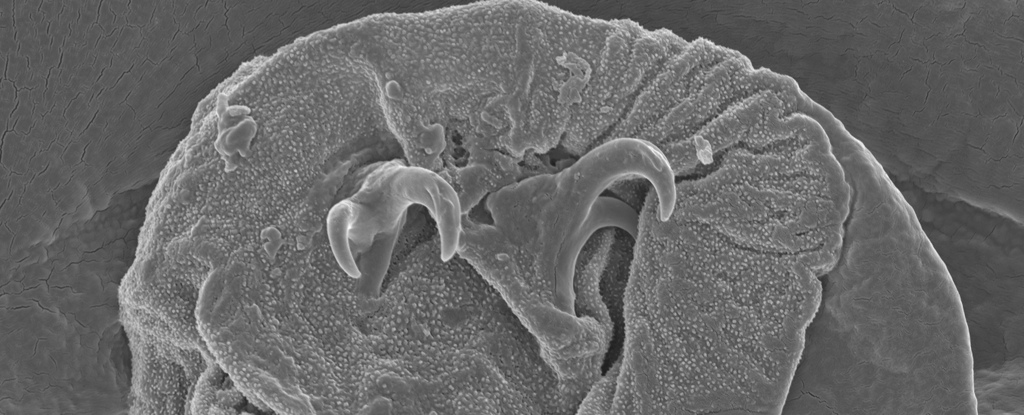
Tardigrades are tiny, incredibly tough animals that can withstand a wide range of dangers, including many that would obliterate most other creatures known to science.
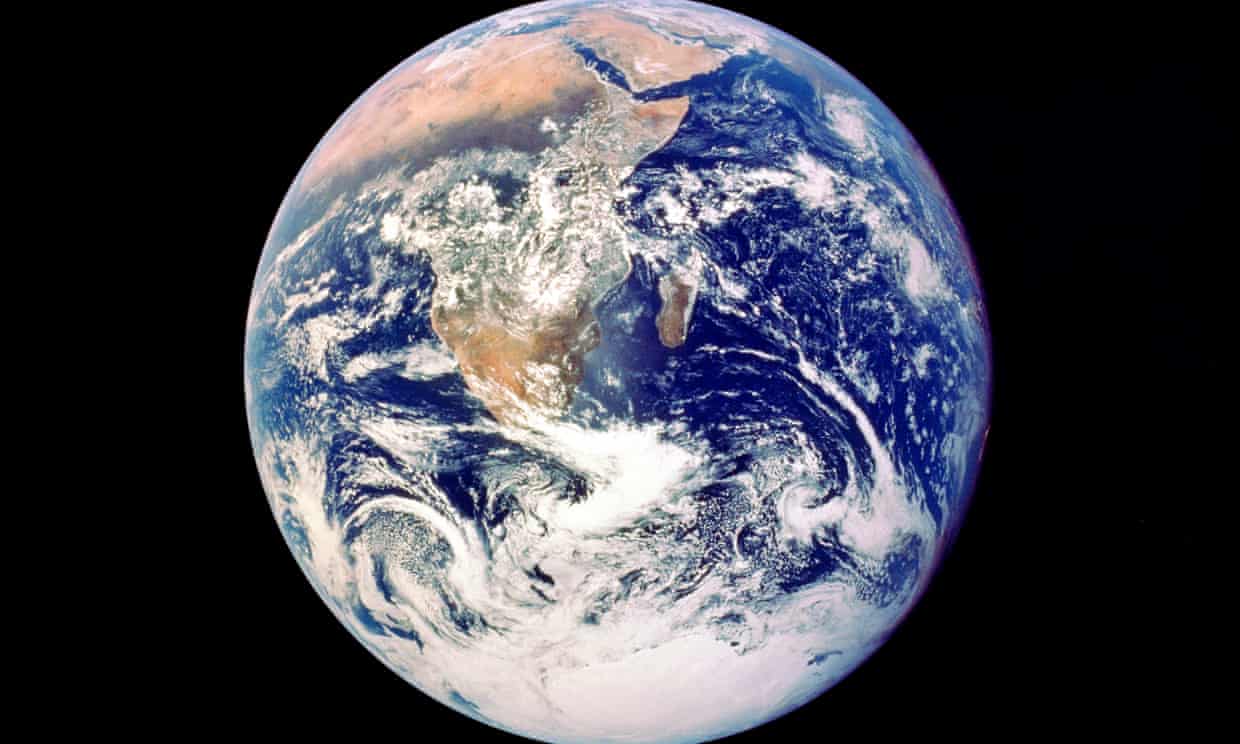
Experts have voted for an expansion of the universe – or at least the official terminology that can be drawn upon to describe the vanishingly small and the preposterously large.

Underneath a temple in the ancient ruined city of Taposiris Magna on the Egyptian coast, archaeologists have uncovered a vast, spectacular tunnel that experts are referring to as a “geometric miracle”.

The annual Leonid meteor shower will peak this week as Earth passes through the trail of icy, rocky debris left behind nearly 30 years ago by the comet Tempel-Tuttle.

Piecing together the story of human evolution is an undeniably complex task. However, new research has brought us closer to understanding how early humans in Britain may have been related to other European populations over 400,000 years ago.

4.6bn-year-old rock that crashed on to a driveway in Gloucestershire last year has provided some of the most compelling evidence to date that water arrived on Earth from asteroids in the outer solar system.
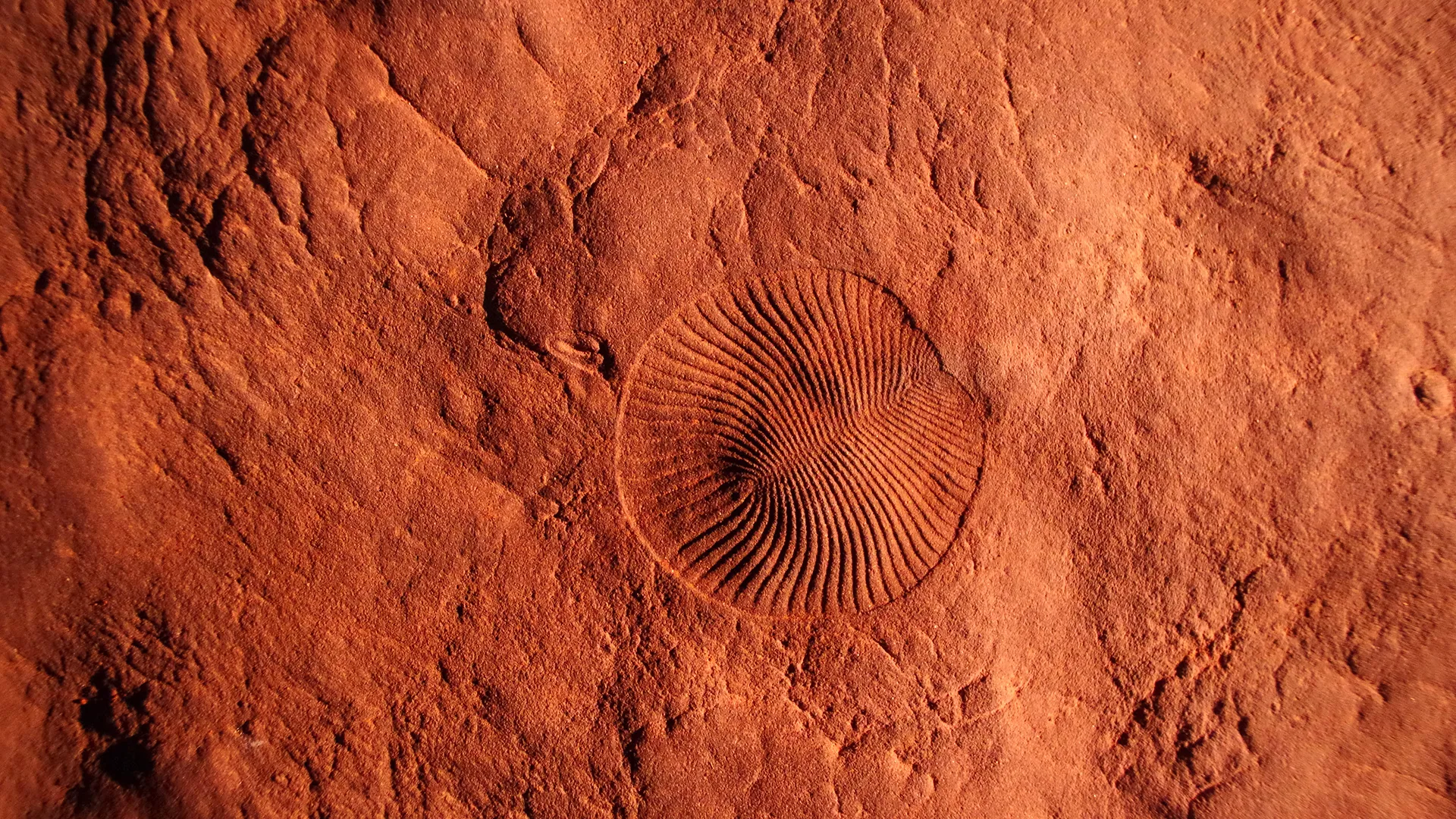
A global drop in oxygen levels about 550 million years ago led to Earth’s first known mass extinction, new evidence suggests.
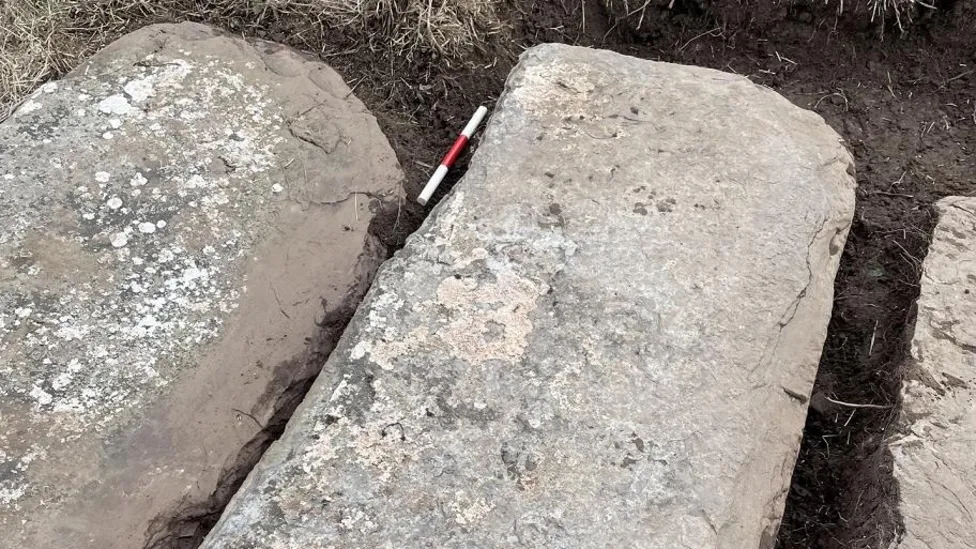
A carved stone discovered in Caithness could help archaeologists shed new light on the development of Pictish symbols.

More than 2,000 years after it was probably hung from the door of a mud-brick house in northern Spain to bring luck, a flat, lifesize bronze hand engraved with dozens of strange symbols could help scholars trace the development of one of the world’s most mysterious languages.
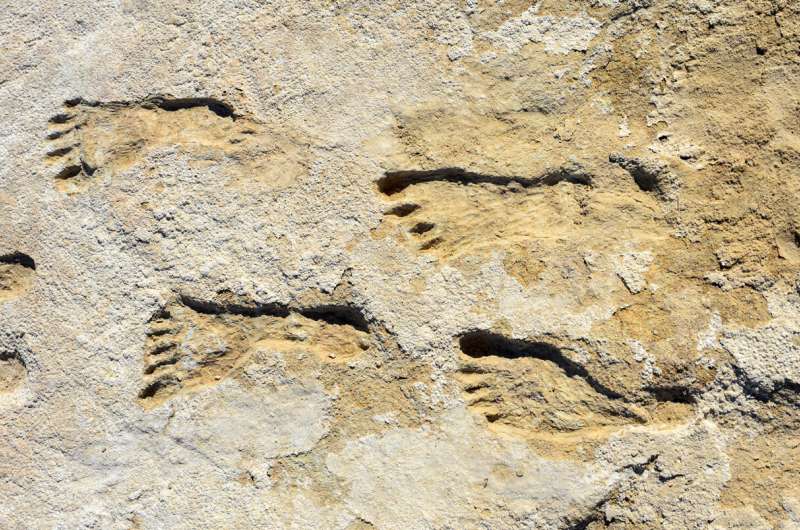
Research published in September 2021 claimed that these footprints are “definitive evidence of human occupation of North America” during the last ice age, dating back to between 23,000 and 21,000 years ago. Now, a new study disputes the evidence of such an early age.
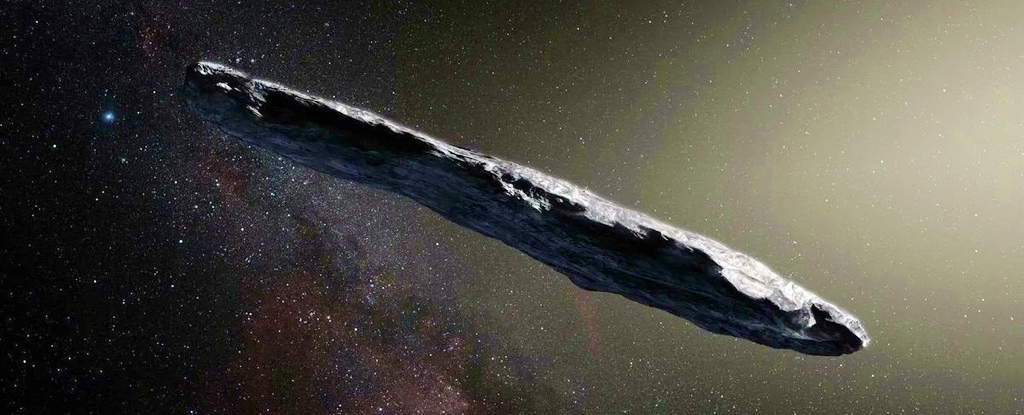
We finally have the technological means to detect interstellar objects. We’ve detected two in the last few years, ‘Oumuamua and 2I/Borisov, and there are undoubtedly more out there.

We think of physical reality as what objectively exists, independent of any observer. But relativity and quantum physics say otherwise.

A new vaccine has been developed that targets the dangerous synthetic opioid fentanyl that could block its ability to enter the brain, thus eliminating the drug’s “high.








